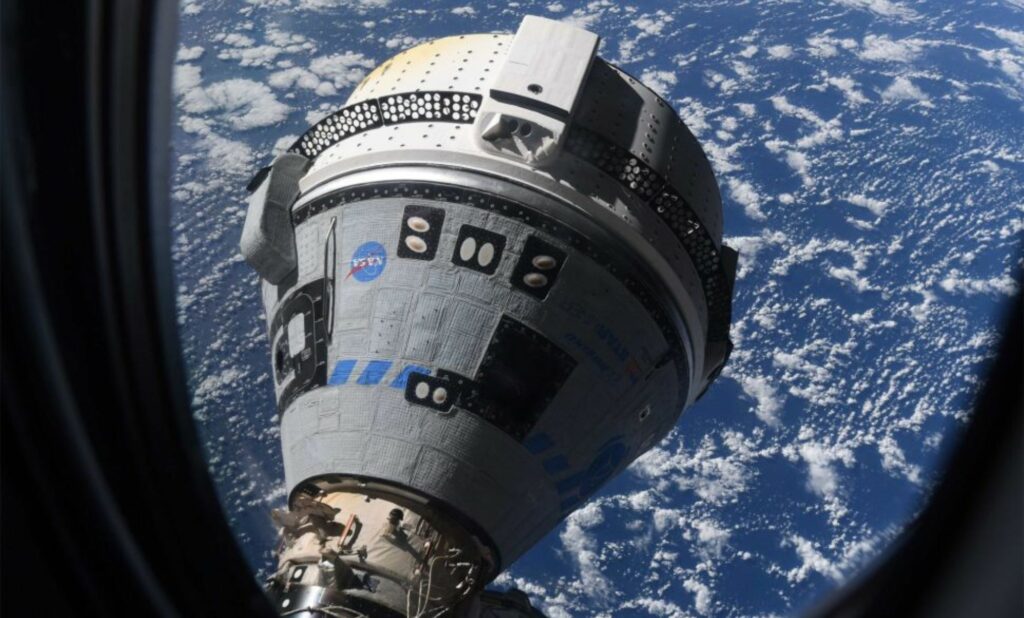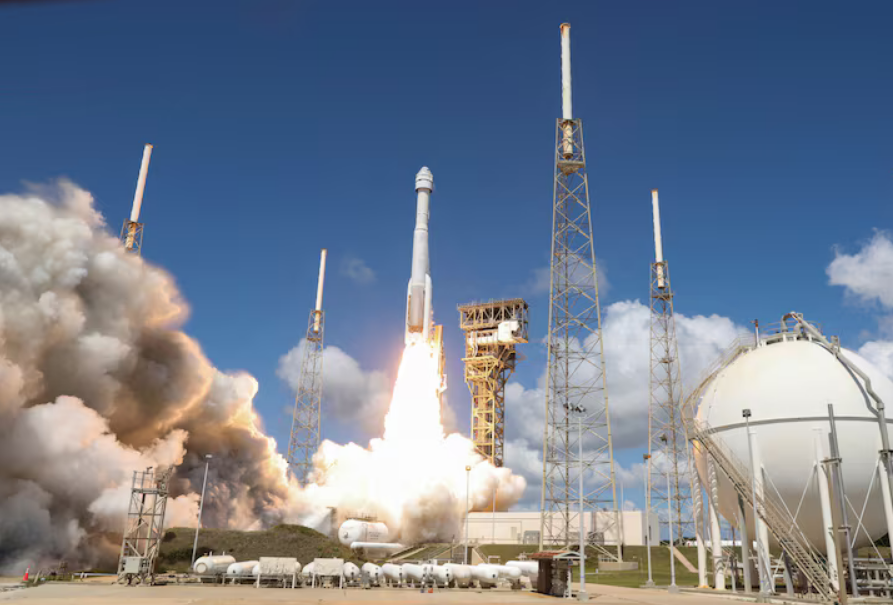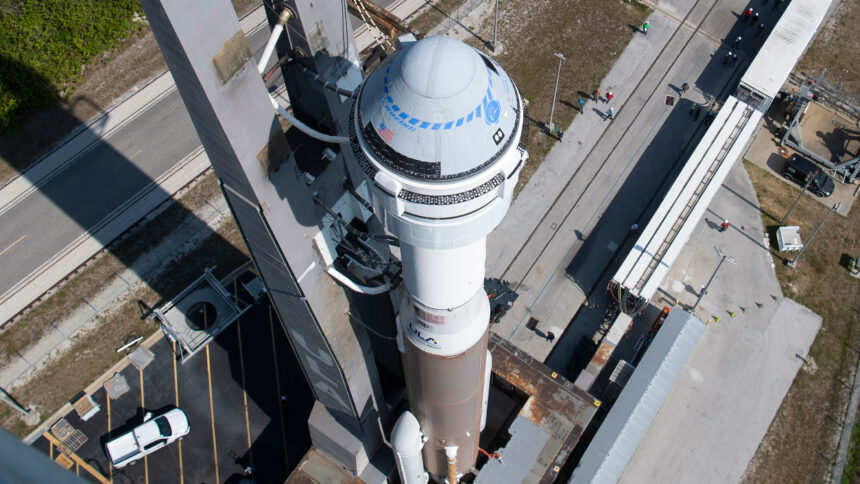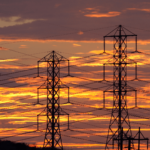Boeing’s (BA.N) Starliner spacecraft, scheduled for its first crewed return from the International Space Station (ISS), has faced another delay, now targeting a return date of June 26, according to a NASA official. This mission is a pivotal test for Boeing’s delayed and over-budget Starliner program, crucial for obtaining NASA’s certification for routine astronaut missions.
NASA astronauts Butch Wilmore and Suni Williams were launched aboard Starliner on June 5. During their 24-hour journey to the ISS, the spacecraft encountered multiple technical issues, including four helium leaks and five failures among its 28 manoeuvring thrusters. Despite these setbacks, Starliner successfully docked with the ISS, marking a significant milestone in the spacecraft’s development.

Steve Stich, NASA’s commercial crew program manager, explained the reasoning behind the new delay: “to give our team a little bit more time to look at the data, do some analysis and make sure we’re really ready to come home.” NASA has set the earliest possible departure for June 26, but additional time extensions at the ISS remain a possibility.
Starliner’s current mission is designed to last up to 45 days while docked to the ISS, although future missions could extend to six months. The return trip to Earth is expected to take approximately six hours, with potential landing sites in the desert of Utah, New Mexico, or other backup locations, depending on local weather conditions.
The recent in-flight issues add to a series of challenges Boeing has faced with Starliner. In 2019, an uncrewed test flight failed due to dozens of software glitches, design problems, and management issues, preventing the spacecraft from docking with the ISS. However, a repeat uncrewed test in 2022 saw a successful docking, providing some redemption for the program.

Starliner’s first flight with astronauts is seen as the final critical test before NASA can certify the spacecraft for regular astronaut missions, adding a second U.S. crew vehicle to its fleet alongside SpaceX’s Crew Dragon. This milestone is eagerly anticipated as it would enhance the reliability and flexibility of the U.S. space program.
As Boeing and NASA work to address the recent technical issues, the space community remains hopeful that the Starliner will soon become a reliable part of the ISS crew rotation, providing more options for transporting astronauts and advancing space exploration goals.







